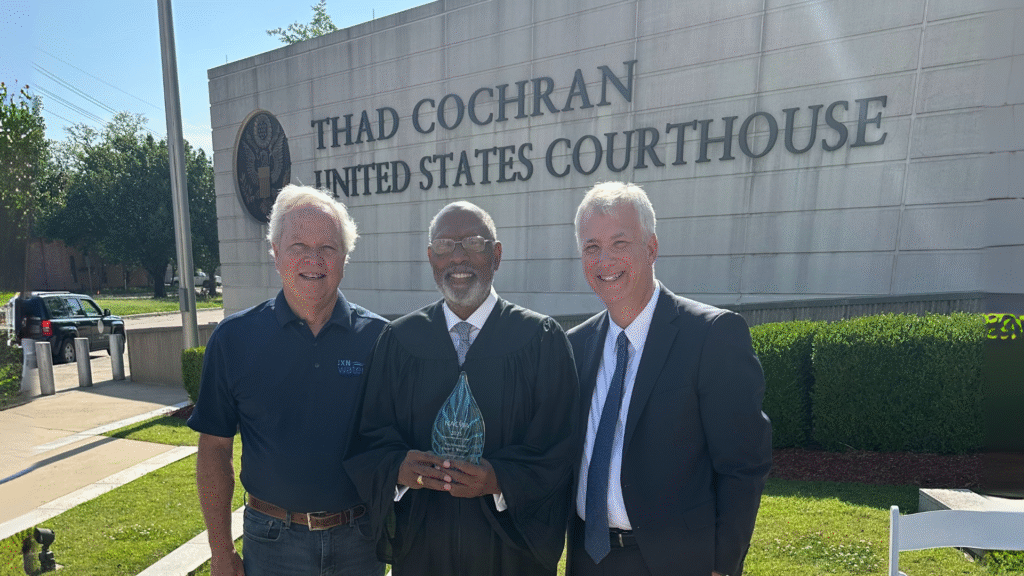ANNUAL REPORT 2025
CEO's Message

We must all add our voices… to raise your voice in support of the importance of clean, safe water as an essential service that demands more, not less, federal support.
As I write this message and as you read it, we are more than six months into the Trump Administration’s second term. Often, when I write these messages, I feel it’s appropriate to look back over an incredibly busy year and underscore the successes the Association had in advocacy and member service. Many of these successes are detailed in this Annual Report, but I think it is more appropriate to use this valuable “real estate” to galvanize you for the actions we will need to take together going forward as an Association and as a sector.
As you likely know, the White House’s proposed EPA budget included cutting the SRFs down to $305 million combined for drinking water and clean water, cutting billions of dollars from the hallmark federal clean water funding program. WIFIA would also essentially be zeroed out. The White House also proposed cutting the U.S. Environmental Protection Agency (EPA) budget by 55 percent. While it is unclear if Congress will ultimately go along with these reductions, early indications from proposed congressional spending bills also reflect significant cuts to key EPA funding programs.

We must all add our voices — public and private sector NACWA members alike — to make sure this does not happen. We need every one of you, whether a large or small utility, a manufacturer or consultant, a general manager or a frontline employee, to raise your voice in support of the importance of clean, safe water as an essential service that demands more, not less, federal support.
On the regulatory front, we need to keep the pressure on, especially as it relates to ensuring federal support of all biosolids management options. As Congress looks to streamline permitting, we have an unprecedented opportunity to ensure greater permit flexibility, and develop a sensible post-CSO long-term control plan approach. We will have an open audience to elevate the use of innovative digital technologies and artificial intelligence at utilities and to employ more water reuse — especially important for water constrained areas and for the growing network of manufacturing, cloud and data centers across the country. Equally as important, we have an opportunity to refocus the national dialogue with EPA on ratepayer affordability and integrated planning.
These are but a few of the challenges and opportunities we face as a sector. So, we must not rest on our laurels, and we cannot simply look backward at the many achievements of this past year. We have TOO MUCH WORK TO DO TOGETHER over the coming weeks and months and we will need the support of every utility and every private company in the water sector voicing our shared message.

As always, I thank you for your consistent support of NACWA. We need you now more than ever — and together we have done and will continue to do great things for our communities and the nation.
Sincerely,

Chief Executive Officer
National Association of Clean Water Agencies

1130 Connecticut Ave NW
Suite 1050
Washington D.C. 20036
- 202.833.2672
- 888.267.9505
- info@nacwa.org
